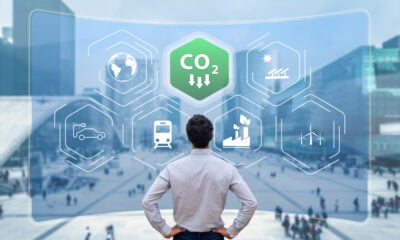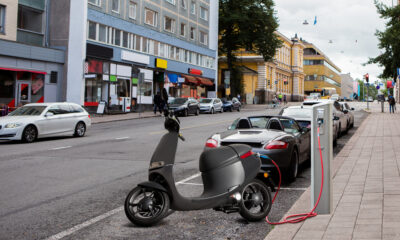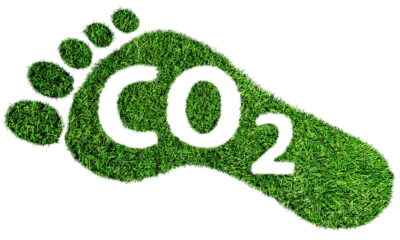There has been more media attention given to the environmental crisis lately and all of us are doing our best to ensure that we can help out the planet. This includes making changes in the way that we shop, the way we commute, and even the way we work.
Even in the dental world, there are changes that every office can make to help reduce their carbon footprint. We looked around for a dentist that was already making those important changes and we came across Commack dentist Dr. Blumenthal. Here are some suggestions that he gave us.
1. Reduce the number of patient visits
Every time a patient has to drive or commute to your office, there are greenhouse gases released. Greenhouse gases have been linked to global warming, so the more we can reduce emissions, the better. If patients can combine their visits, making for longer, but fewer appointments, that is already a good start toward lowering your office’s carbon footprint. You can also encourage patients to use public transportation or carpool to help reduce their own carbon footprint.
2. Increase energy efficiency
The simple act of changing out old, incandescent lightbulbs to moving toward more energy efficient LED lightbulbs is a great place to start. Ensuring that the lights and electricity are not being used when no one is present is another helper. You can also instruct your dental patients to turn the tap water off while they are brushing their teeth and only turn it on when they are rinsing their toothbrushes and mouths. Single-use batteries should also be replaced with reusable batteries. Batteries contain mercury and other hazardous chemicals, so the less you need them, the better.
3. Go paperless
Many medical and dental practices have already made the switch from traditional paper charts toward paperless, electronic charts. Not only does it help with continuity of care and making sure everyone who looks at a chart is on the same page, but it is better for the environment. There will be less paper used, fewer items printed, and much less waste. Likewise, when items need to be signed and scanned, you can use a reusable surface like a laminated sheet, or an e-sign pad to eliminate the need of signing physical paper.
4. Print double-sided
Sometimes printing is still necessary, despite all of our moves toward a paperless society. If you do need to print something, try to print it out on both sides of the paper to reduce the amount of waste that is being produced.
5. Recycle
This point has been made a lot over the past few decades. Recycling is not a new concept, but it has never been fully embraced. When you use items that can be recycled, make sure you are recycling and following the recycle guidelines when doing so. If you can buy recyclable materials, you will also be helping yourself out.
6. Reuse
In some cases, there are items that simply cannot be reused, but there are ways out there that you might not have considered. Instead of using disposable patient bibs, you can use cloth bibs. Instead of disposable autoclave wraps, you can use reusable wraps. This can also save you money in the long-run. Likewise, you can also make use of cotton towels instead of disposable towels, provided they are properly cleaned.
7. Use eco-friendly sterilization
Eco-friendly sterilization uses non-toxic infection control and steam sterilization as opposed to the more toxic traditional methods. The chemicals used in traditional sterilization can be harmful to the environment.
8. Buy an amalgam separator
If your office does not have an amalgam separator, it is time to invest in one. Dental amalgam fillings are made up several different types of materials, including mercury. When you dispose of amalgam, that mercury can wind up in your clinic’s wastewater system. A separator will filter out the mercury, keeping it from poisoning the water system.
Conclusion
These positive changes that you make in your dental office can be easily carried over into your own life as well. Every step that you can make toward lowering your carbon footprint can benefit the health and the future of the environment.































